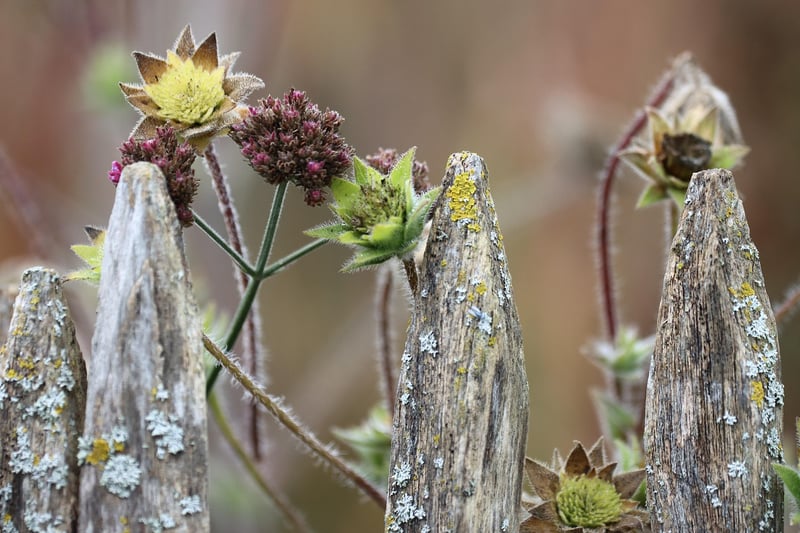Water conservation tips
Environmentally Friendly Gardening Methods and Water Conservation Tips
Introduction
Welcome to our guide on environmentally friendly gardening methods and water conservation tips. In this article, we will explore ways to create a beautiful and sustainable garden while conserving water resources.
Environmentally Friendly Gardening Methods
Implementing environmentally friendly gardening practices not only benefits the environment but also enhances the health and vitality of your garden. Here are some methods to consider:
1. Mulching
Use organic mulch such as wood chips or straw to retain moisture in the soil, suppress weeds, and improve soil health. Mulching also reduces the need for frequent watering.
2. Composting
Start a compost pile to recycle kitchen scraps and yard waste into nutrient-rich compost. Compost improves soil fertility, structure, and water retention, reducing the need for synthetic fertilizers.
3. Plant Native Species
Choose native plants that are adapted to your region's climate and soil conditions. Native plants require less water, fertilizer, and pesticides compared to non-native species.
4. Integrated Pest Management (IPM)
Implement IPM strategies such as attracting beneficial insects, handpicking pests, and using natural predators to control pest populations. Avoid chemical pesticides that can harm beneficial insects and pollinators.
Water Conservation Tips
Conserving water in the garden is essential for sustainable gardening practices. Here are some tips to help you reduce water consumption:
1. Watering Wisely
Water your garden early in the morning or late in the evening to minimize evaporation. Use drip irrigation or soaker hoses to deliver water directly to the plant roots and avoid wasteful runoff.
2. Collect Rainwater
Install a rain barrel to collect rainwater from your roof. Use this water for watering your garden, reducing the need for potable water from the tap.
3. Group Plants by Watering Needs
Group plants with similar water requirements together to ensure efficient watering. This practice helps prevent overwatering or underwatering specific plant species.
4. Use Water-Saving Techniques
Consider using water-saving techniques such as xeriscaping, which involves planting drought-tolerant species, and installing a timer on your irrigation system to prevent overwatering.
Conclusion
By adopting environmentally friendly gardening methods and water conservation tips, you can create a sustainable and flourishing garden while minimizing your impact on the environment. Start implementing these practices today to enjoy a beautiful garden that conserves water and supports biodiversity.


